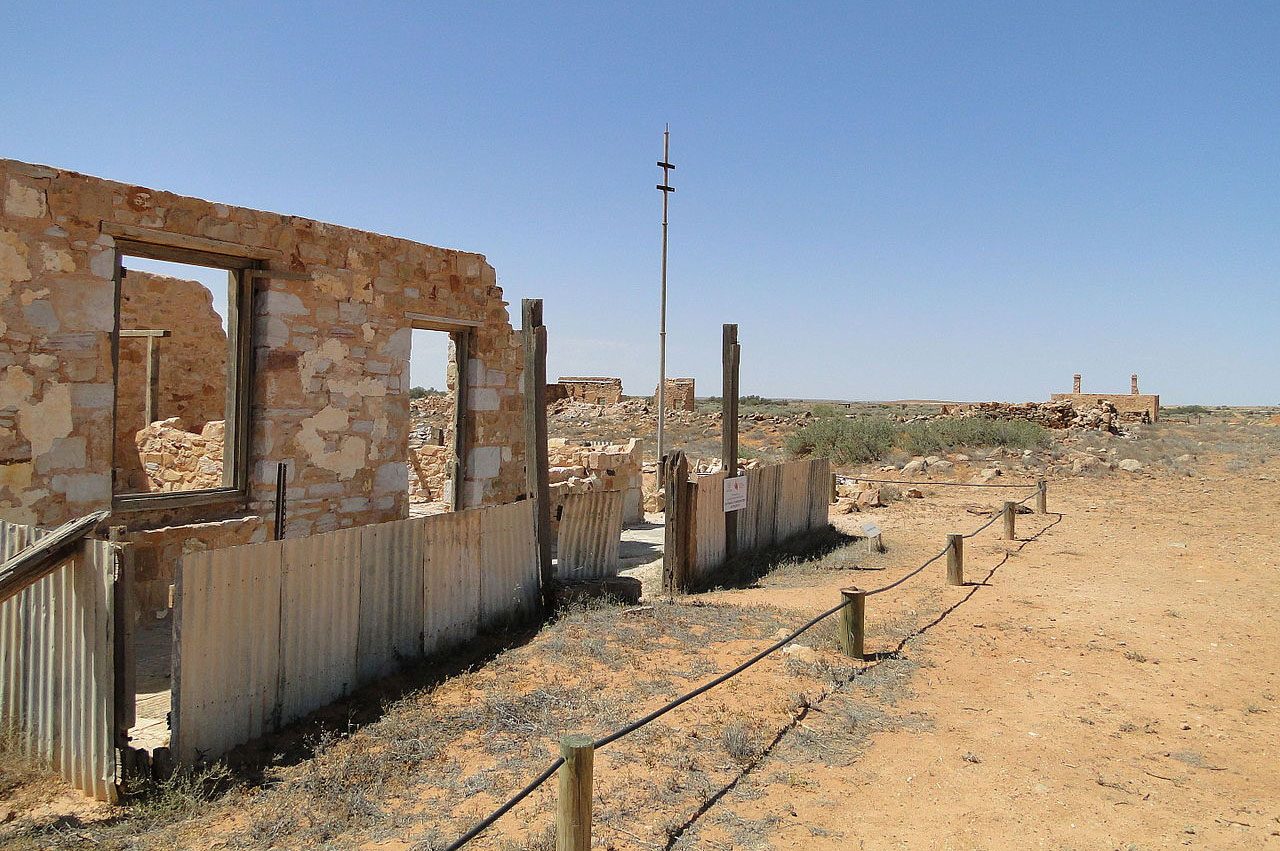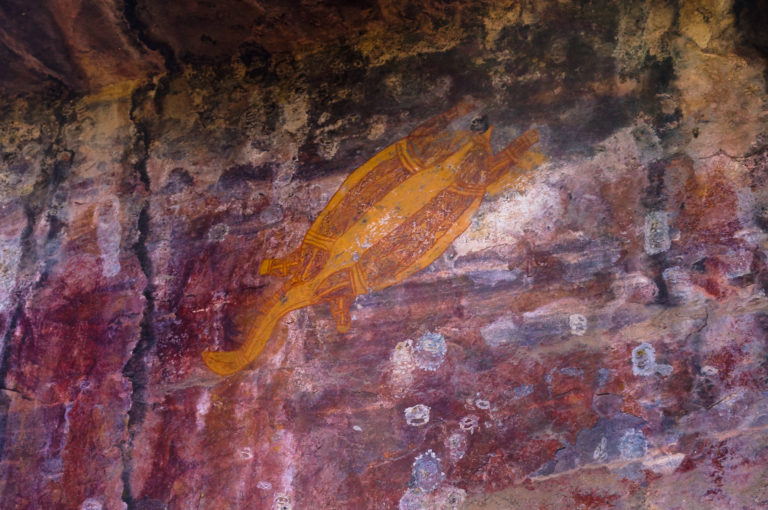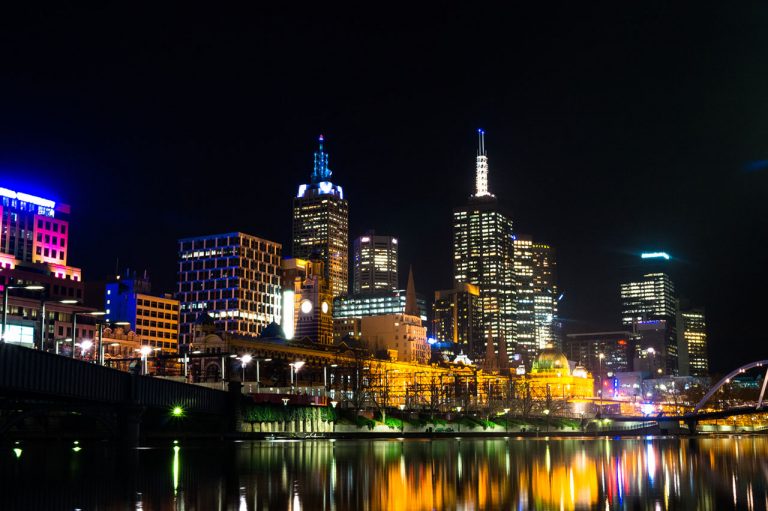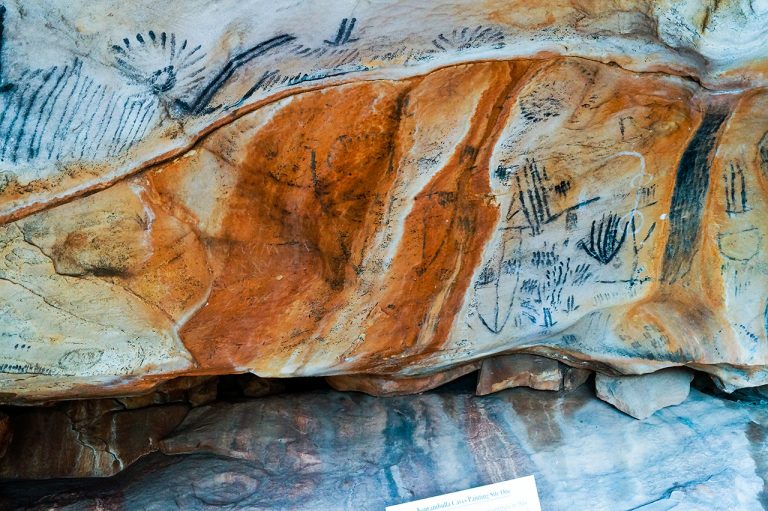Farina, Australia, A Ghost Town in the Outback
It’s no secret that living in the Australian Outback is a challenge in itself. Despite this, in 1878 a group of optimistic farmers prepared plans to build Farina, Australia. Their chance of success hinged on there being enough rainfall to sustain their crops. They were wrong. It isn’t all doom and gloom though, their attempt has at least left a lasting legacy, baking beneath the outback sun.
The township itself isn’t that far from the Ghan, which is a railway route that runs the length of Australia. It stops in various places such as Darwin, Alice Springs, Katherine and Coober Pedy.
Taking a look around Farina reveals a whole bunch of derelict buildings. Most of them are already at ground level, but a few are still standing. The signs also warn of how fragile the buildings are now, too much weight and you’d risk knocking them down further.
If you think about it, the reason that this whole venture didn’t make it to become a lasting township, was because of the heavy droughts and lack of rainfall. The vegetation adapted to these harsh conditions, which allows it to prosper irrespective of the amount of water. But, crops such as wheat and barley still need water to grow, which explains why this whole operation went south.
Getting to Farina, Australia, means that you have to travel along the Oodnadatta Track, which itself takes you past some pretty amazing landscapes. You can’t imagine how barren the place feels on a warm day. It helps put our significance into perspective, to say the least. Even more so if you consider that the closest inhabitants now live at Farina Station, itself lying between Marree and Lyndhurst,. That’s over a days drive from Adelaide.

Despite the neglect, there is a group aiming to restore Farina, to preserve some pretty significant outback history. It seems we also owe the ability to identify different buildings to this group, and from what I can see having been there, they’re doing a great job!
Who knows, maybe next time I’m passing by the place will be completely rebuilt. Or maybe someone will have invented much better, more modern irrigation systems to make the place inhabitable once again?










None of these photos were taken within two hundred miles of Farina.